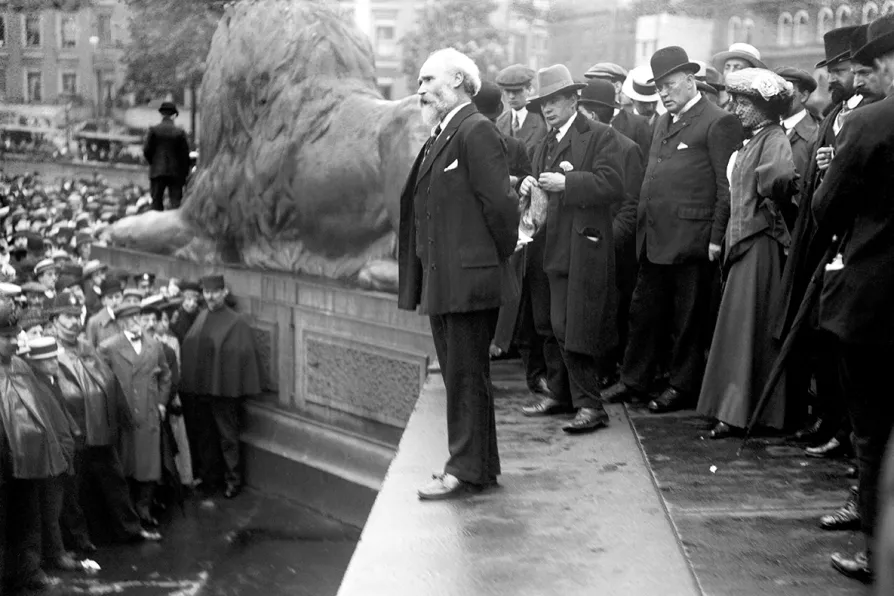NICK TROY lauds the young staff at a hotel chain and cinema giant who are ready to take on the bosses for their rights
Despite Starmer’s efforts, Labour will always have a left
The pressures capital itself creates in society leads to the pressure for radical change, says KEITH FLETT

 Keir Hardie (centre) addresses a crowd in Trafalgar Square
Keir Hardie (centre) addresses a crowd in Trafalgar Square
THE efforts of Labour Party HQ to remove the left from the party are perpetual.
Arguably the first occasion was the formal refusal to recognise the young Communist Party as an affiliate in the late 1920s.
The most recent purges have included Socialist Appeal and various groups opposed to the expulsion of critics of the current leadership.
Similar stories

Corbyn and Sultana’s ‘Your Party’ represents the first attempt at mass socialist organisation since the CPGB’s formation in 1921, argues DYLAN MURPHY

While Hardie, MacDonald and Wilson faced down war pressure from their own Establishment, today’s leadership appears to have forgotten that opposing imperial adventures has historically defined Labour’s moral authority, writes KEITH FLETT

The formation of the Labour Representation Committee in 1900 marked the beginning of interconnected and contested strategies — parliamentary and industrial — seeking ways to advance working-class interests, writes KEITH FLETT

Every few years, it seems like the ‘right time’ to build a new left party — but what are the right conditions, asks socialist historian KEITH FLETT, looking back at the last two centuries and the insights of Ralph Miliband and EP Thompson










